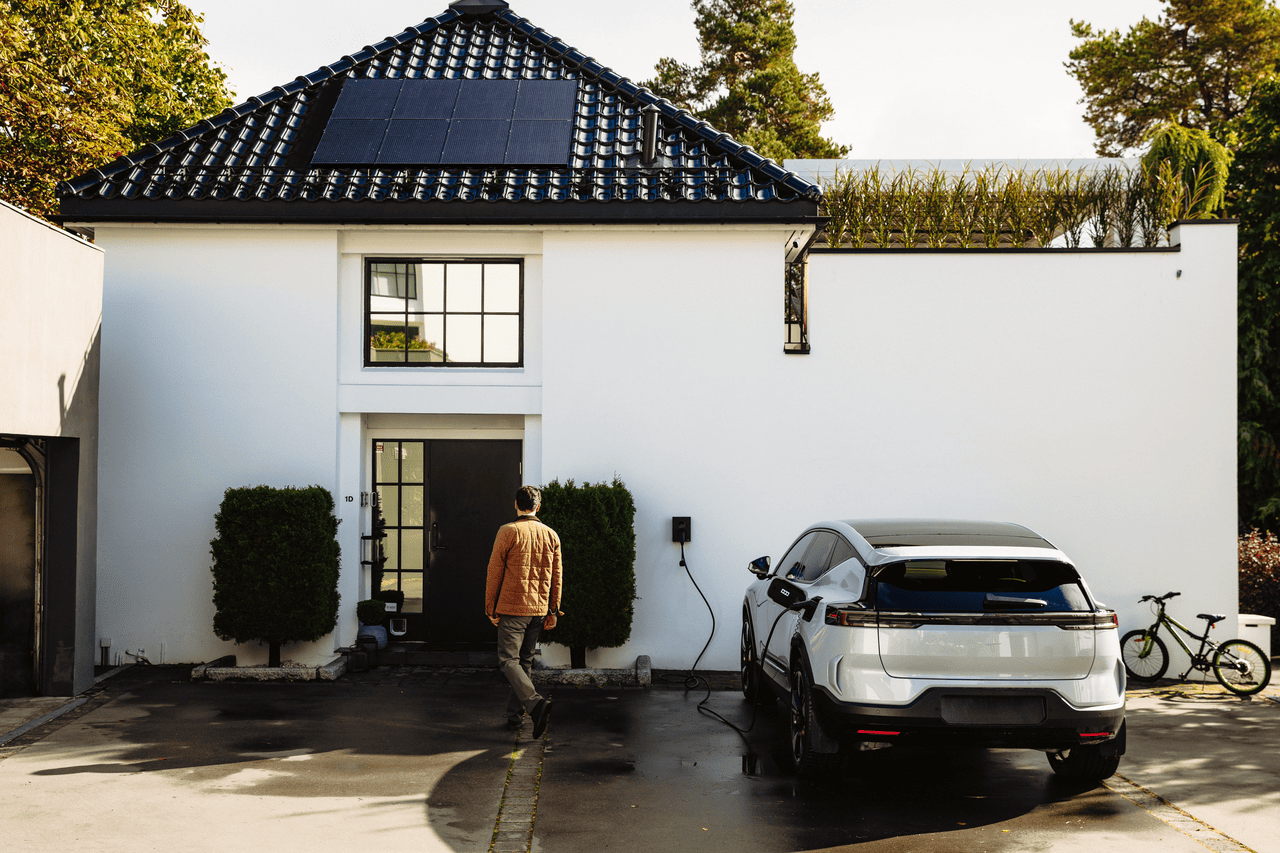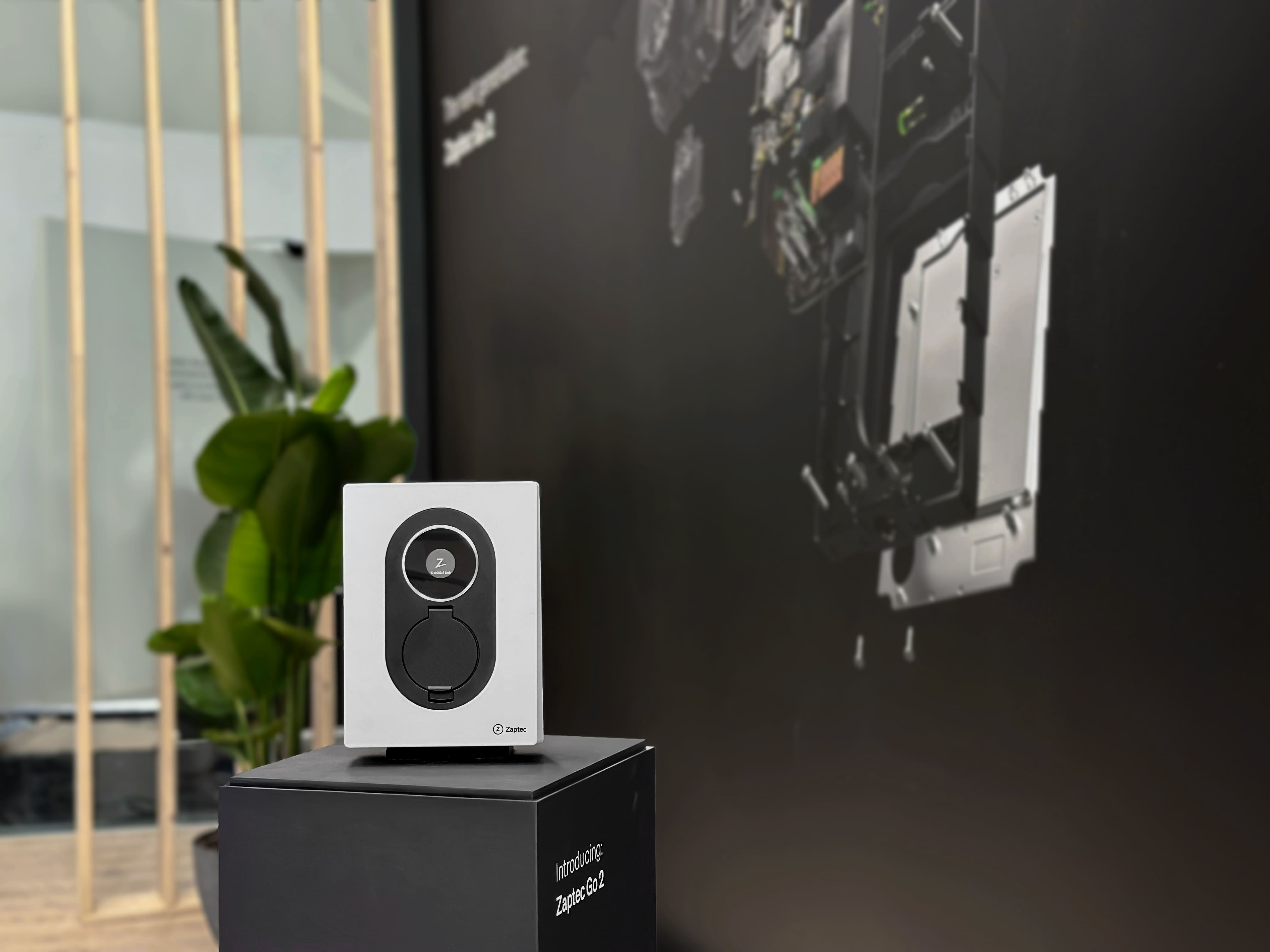The 38th International Electric Vehicle Symposium & Exposition
Bidirectional charging will become second nature – but only if the groundwork is done now
Publication date: 07 May 2025
And one of the central topics this year is V2G and bidirectionality – not just as a technical possibility, but as a vital part of Europe’s evolving energy system.
At Zaptec, the topic bidirectional charging has been actively explored for some time. Zaptec’s products are already hardware-ready for the ISO 15118 standard, which enables two-way communication between vehicles and chargers – a critical foundation for bidirectional energy flow.

Why bidirectional charging matters
Europe’s energy landscape is undergoing rapid change. With accelerating electrification, there’s an urgent need for a more flexible and balanced power supply. Solar energy, for example, can’t be stored efficiently – but EV batteries can.
Cars are parked an estimated 95% of the time. With V2G, they can be used to stabilise the grid, store excess renewable energy, and support local energy needs. This turns the EV into more than a vehicle – it becomes an active part of the energy infrastructure.
There are three key enablers for successful V2G adoption
· Installers must be trained. Bidirectional charging is new territory. Installation must be safe and precise to ensure functionality and avoid setbacks.
· Standards must be in place. V2G must work across car brands, borders, and energy providers. Zaptec actively contributes to European standardisation initiatives, including full-scale V2G pilots, and maintains strategic partnerships to ensure cross-industry compatibility.
· The energy sector must be ready. In some countries, energy providers are already receiving power back to the grid. But in others, they are not moving fast enough. We need readiness across the entire energy ecosystem – even in places where the urgency isn’t yet felt.

Building the future – now
The EU’s regulatory framework for bidirectional charging is expected to be in place by 2029. However, the demand is already here. Charge point operators are asking for V2G-ready solutions in public tenders. End customers are calling for bidirectional chargers today.
Zaptec, together with partners like Polestar, is actively developing solutions based on today’s standards – testing, learning, and adapting to ensure readiness for what’s next.
More than charging: a shift in the energy mindset
Bidirectional charging is more than an innovation in EV charging. It redefines how energy is generated, stored, and shared. Cars could power homes or even neighbourhoods, turning personal transport into distributed energy resources.
To make this work, seamless communication is needed between cars, chargers, cloud platforms, and the grid. This includes compliance with OCPP protocols, ISO/IEC standards, and a robust approach to cybersecurity.
Equally important is the development of viable business models – ensuring clear roles and revenue flows across the value chain.
Ready for what’s next
Bidirectional charging isn’t an optional feature. It represents the next phase of EV integration into Europe’s energy systems. Zaptec is committed to helping shape this future – not just through technology, but by collaborating across industries and borders.
For V2G to succeed, it requires action – not just from technology providers, but from energy companies, policymakers, installers, and consumers alike.
Because the question is no longer if. It’s when.